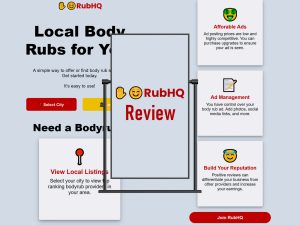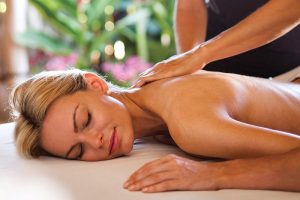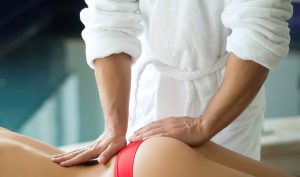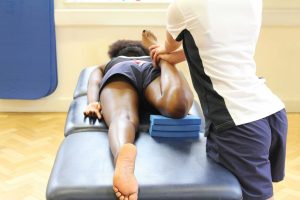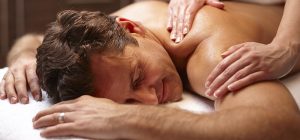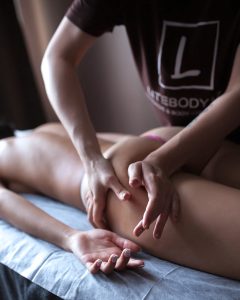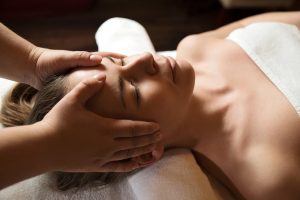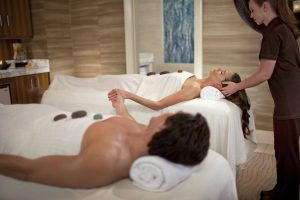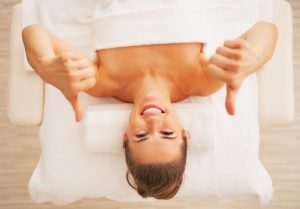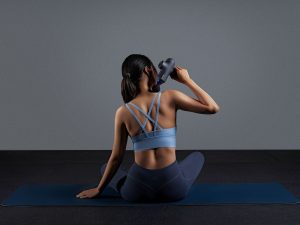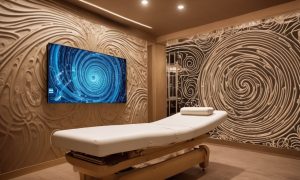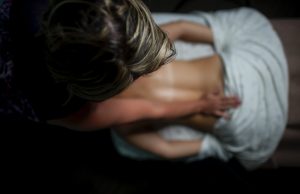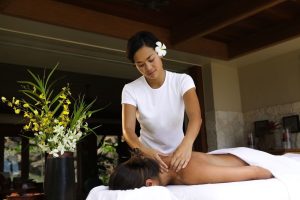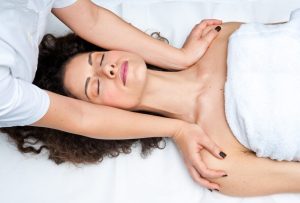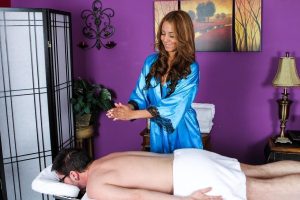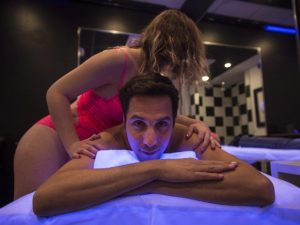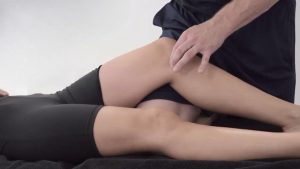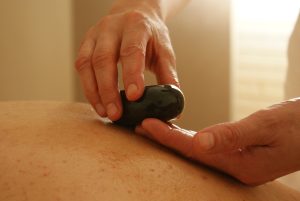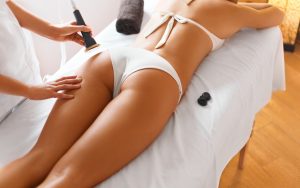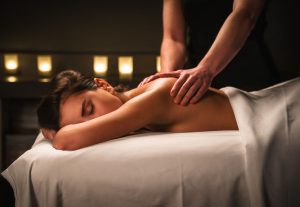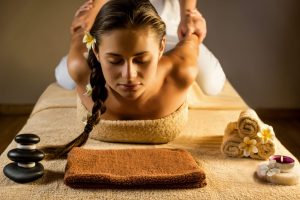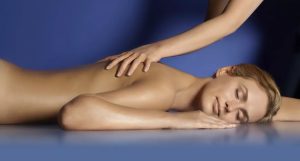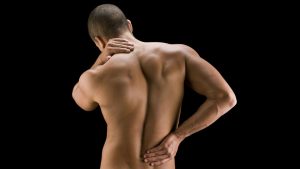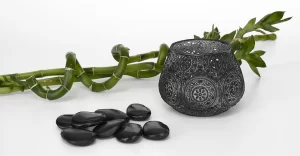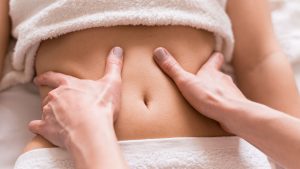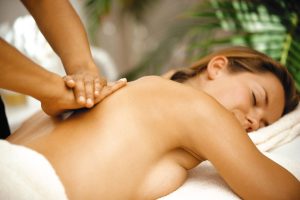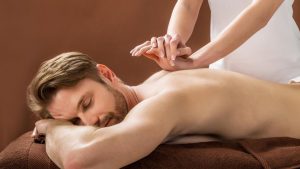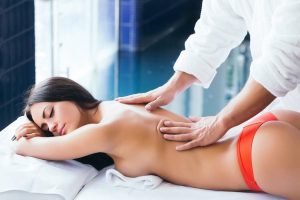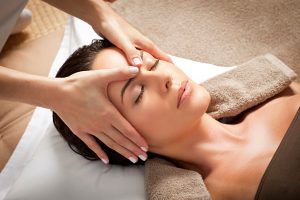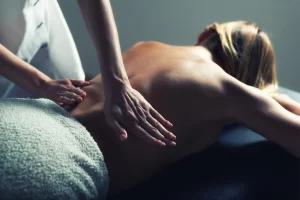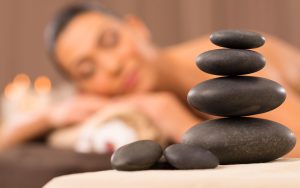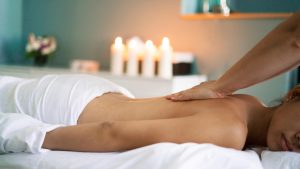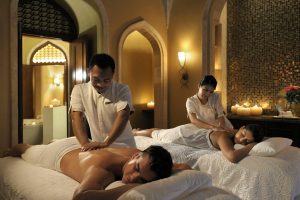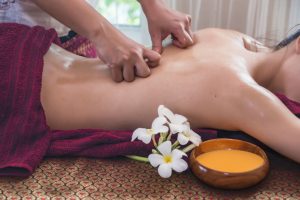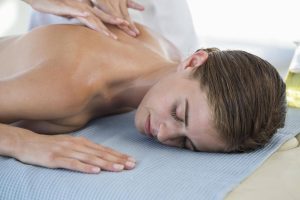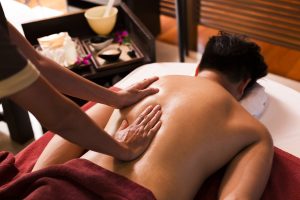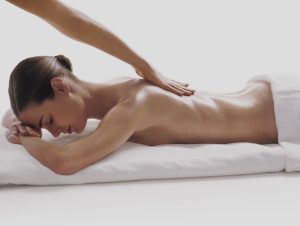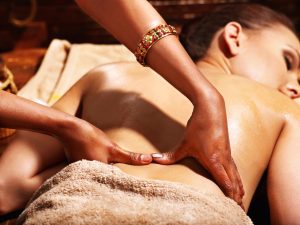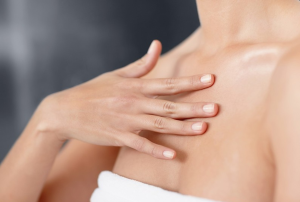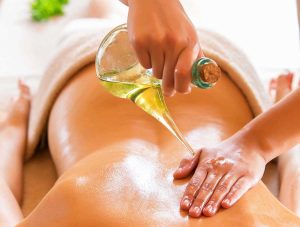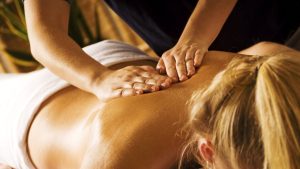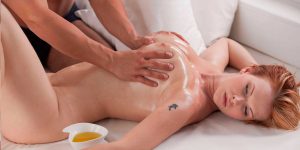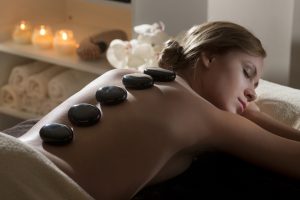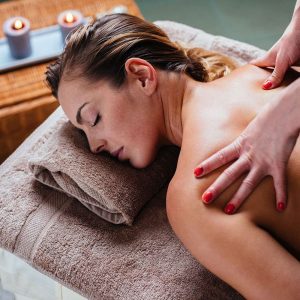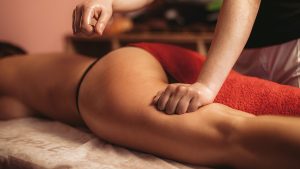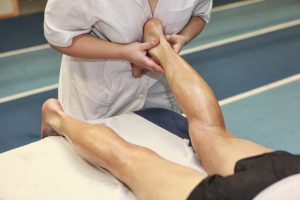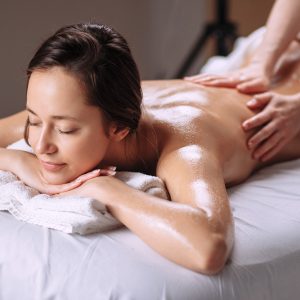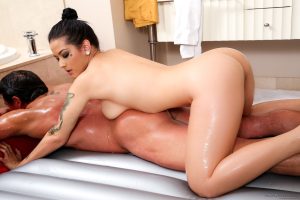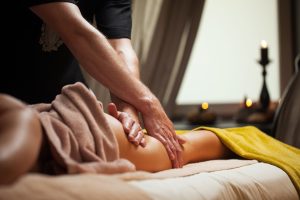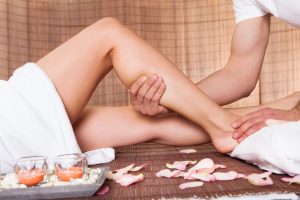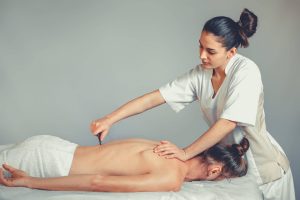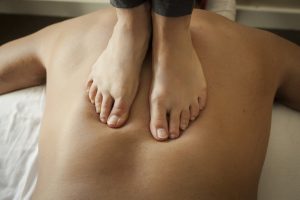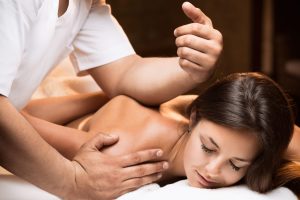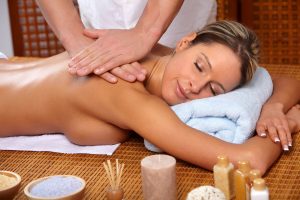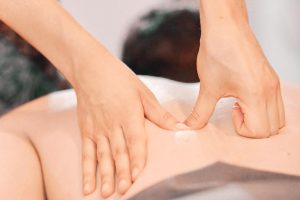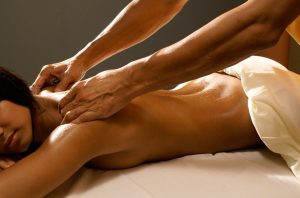Massage of the feet is not only a pleasant procedure but also an effective way to maintain overall physical and emotional health. From relieving tension in the limbs to improving blood circulation, this process can bring many benefits. In this article, we will explore not only the basic techniques of foot massage but also share useful tips on choosing oils, the benefits for the body, and how this simple ritual can become an integral part of your health care.
Preparation for Massage
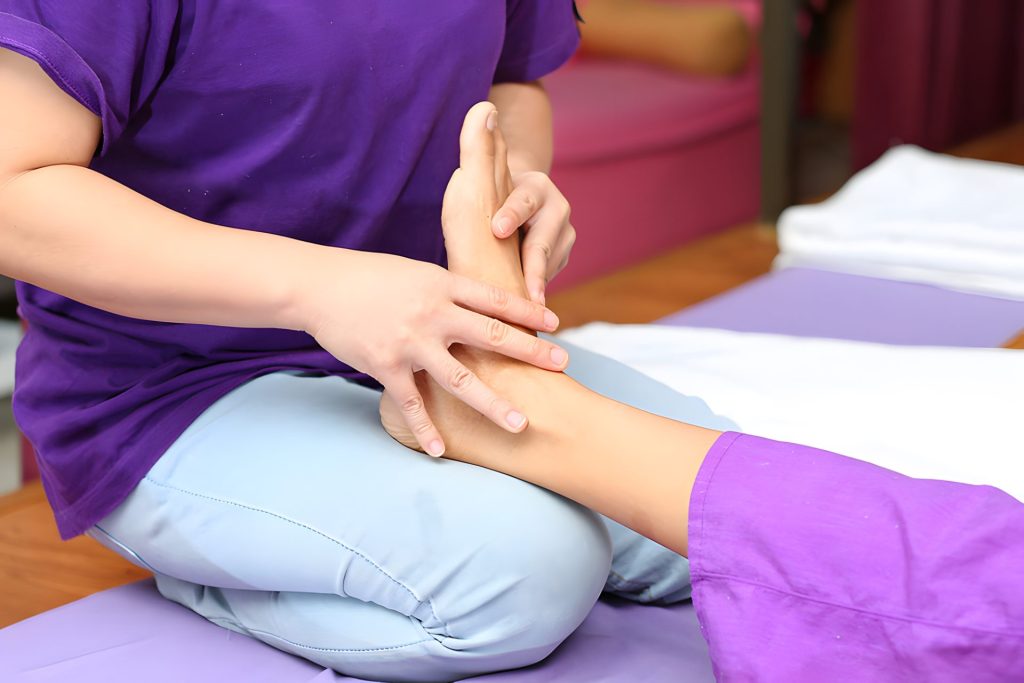

Before starting a foot massage, it is important to prepare properly to create optimal conditions for comfort and effectiveness. Here are a few steps for successful preparation:
- Warming up hands: The massage therapist warms up their hands. Warm hands make touches more pleasant and relaxing.
- Choosing special oil or cream: Selecting a special oil or cream with a pleasant scent and comfortable texture.
- Checking for health issues: Inquiring about any health problems the massage recipient may have.
- Checking for allergies: Verifying if there are any allergies to specific components.
- Discussing expectations and goals: Discussing the client’s expectations and goals for the massage to tailor techniques to individual needs.
- Client’s footwear: Asking the client to remove shoes and socks before the procedure.
- Background music: Playing background music with soft nature sounds or other suitable musical atmosphere.
Basic Foot Massage Techniques


Foot massage involves various techniques aimed at improving blood circulation, relaxing muscles, and promoting an overall sense of well-being. Here are some fundamental techniques:
- Circular motions: The massage therapist applies oil to the soles and middle parts of the feet and performs gentle circular motions with their palms. This enhances blood circulation and warms the tissues.
- Stretching and smoothing: Slowly stretching the leg upward, smoothing the muscles from the foot to the thigh. This contributes to increased flexibility and relaxation.
- Massage of the soles and arches: Focusing on massaging the soles, especially the pads and arches, using various techniques from circular motions to gentle taps.
- Working with aromatic oils: Adding aromatic oils with soothing scents, such as lavender, to enhance relaxation.
- Tapping: Using light tapping movements to stimulate blood circulation and create pleasant sensations.
- Vibration: Applying gentle vibration with hands on the surface of the feet to add stimulation.
Working with Muscles
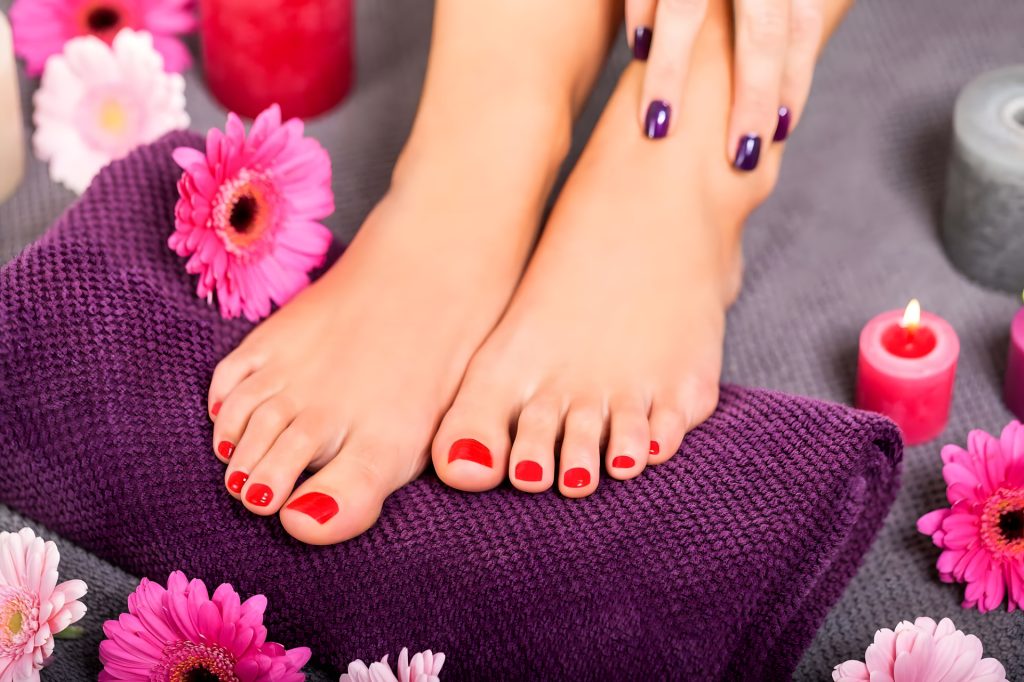

Working with muscles is a crucial aspect aimed at improving flexibility, relaxation, and tension relief. Here are some techniques used when working with leg muscles:
- Using palms, fingers, or fists: Applying pressure along the calf muscles.
- Circular motions on foot pads: Massaging the foot pads with circular movements, paying attention to each toe.
- Stretching and rotating feet: Stretching and rotating the feet to enhance joint mobility and relaxation.
- Gentle massage of the Achilles tendon: Massaging the Achilles tendon, starting from the top and gradually moving downward.
- Using palms for thighs: Using palms to massage from the knee to the upper thigh.
- Identifying tension points: Identifying tension points or knots in the muscles and applying finger or palm pressure, gradually reducing tension.
- For more intense massage: Using elbows and knees to apply pressure to larger muscle groups.
- Performing light circular movements around the ankle joint: Focusing on lateral and anterior calf muscles.
Benefits of Foot Massage:


Foot massage provides numerous physical and emotional benefits. Here are some of them:
- Improved blood circulation.
- Muscle relaxation.
- Reduced swelling.
- Enhanced foot mobility.
- Prevention of muscle pain.
- Aid in back pain.
- Stimulation of acupuncture points.
- Assistance with chronic fatigue syndrome.
- Stimulation of the nervous system.
- Elevated mood.
- Improved sleep.
- Prolonged sensation of lightness and freshness in the feet.
Contraindications and Precautions
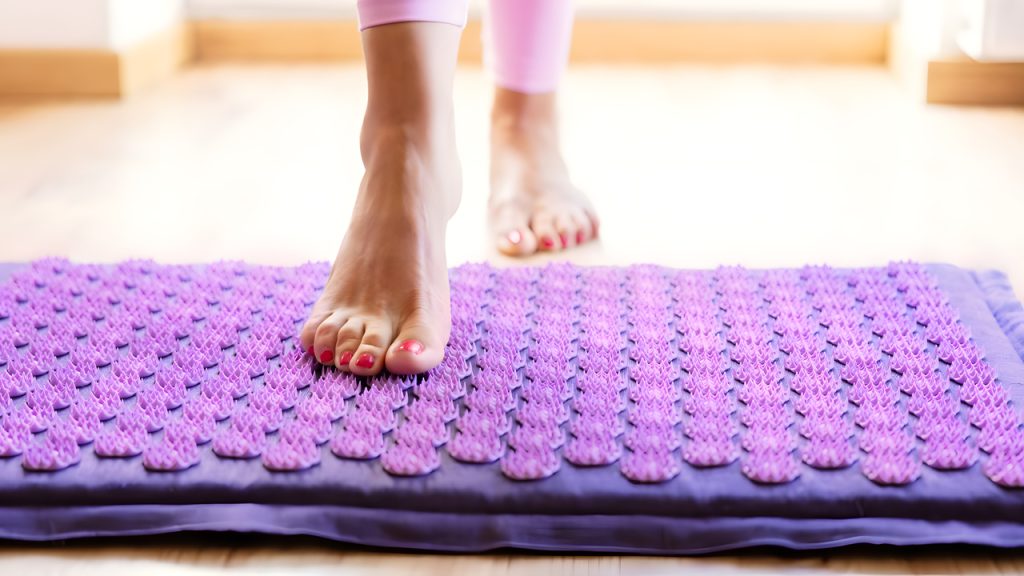

While this procedure brings many benefits, there are contraindications and precautions to consider:
- Thrombosis and phlebitis.
- Open wounds or infections.
- Varicose veins.
- Acute inflammatory processes.
- Skin diseases.
- Oncological diseases.
- Pregnancy.
- Cardiovascular issues.
- Acute traumas or fractures.
- Individual sensitivity.
Questions and Answers:
What is a foot massage?
A foot massage is a therapeutic technique that involves applying pressure to specific areas of the foot to promote relaxation and relieve tension. This can be done using massage techniques such as squeezing and applying pressure to the sole.
How do I give a great foot massage?
To give a great foot massage, start by using lotion and working your way from the heel to the top of the foot pressure to the arch, and squeeze different areas of the feet to provide a relaxing foot massage.
What are the benefits of a foot massage?
A foot massage can help with relaxation, easing discomfort after a long day, and promoting overall well-being. It can also improve foot care and provide relief through reflexology techniques.
What is the importance of a foot soak before a foot massage?
A foot soak in warm water can help the person’s feet to relax and soften, making the massage more effective. It is a key part of preparing the feet for a relaxing foot massage.
Can a foot massage be performed by a non-professional?
Yes, a foot massage can be performed by anyone. However, it is advisable to seek guidance from a massage therapist, an expert in massage therapy, or a podiatrist to ensure the massage is safe and effective.
In what cases can foot massage help with back pain?
This procedure reduces tension in the lower back, especially in cases of posture problems or leg strain.
Can foot massage help with chronic fatigue syndrome?
Yes, relaxation and improved blood circulation aid in chronic fatigue syndrome, thereby reducing stress levels.
Can foot massage help with headaches?
Yes, it alleviates muscle tension and improves blood circulation, positively impacting the relief of headaches.

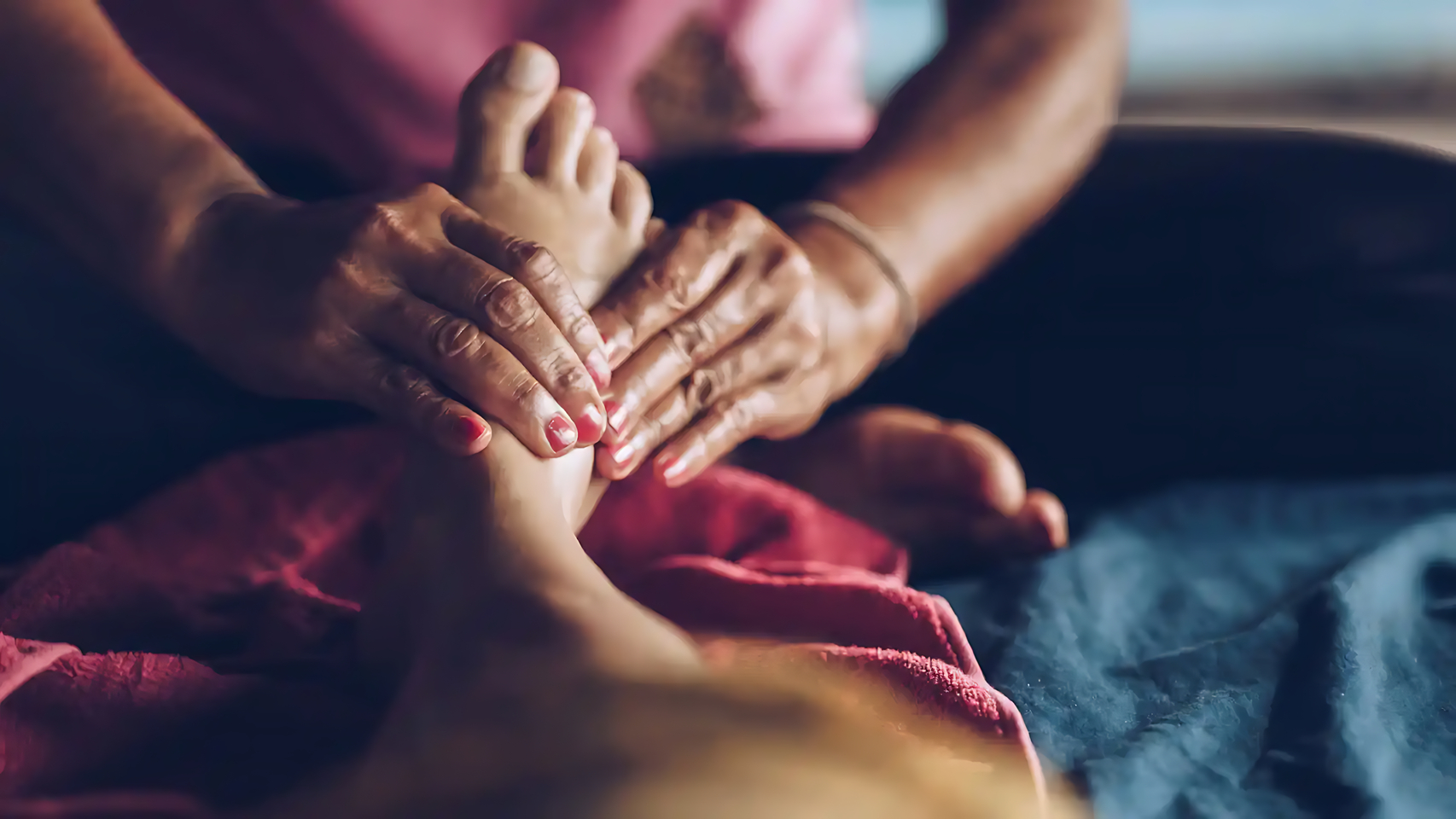










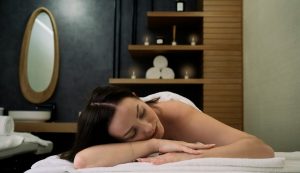
![11 Best Alternatives to Bedpage: Your Ultimate Guide [March 2024]](https://massage.dating/wp-content/uploads/2024/03/Best-Alternatives-to-Bedpage-300x200.jpg)


